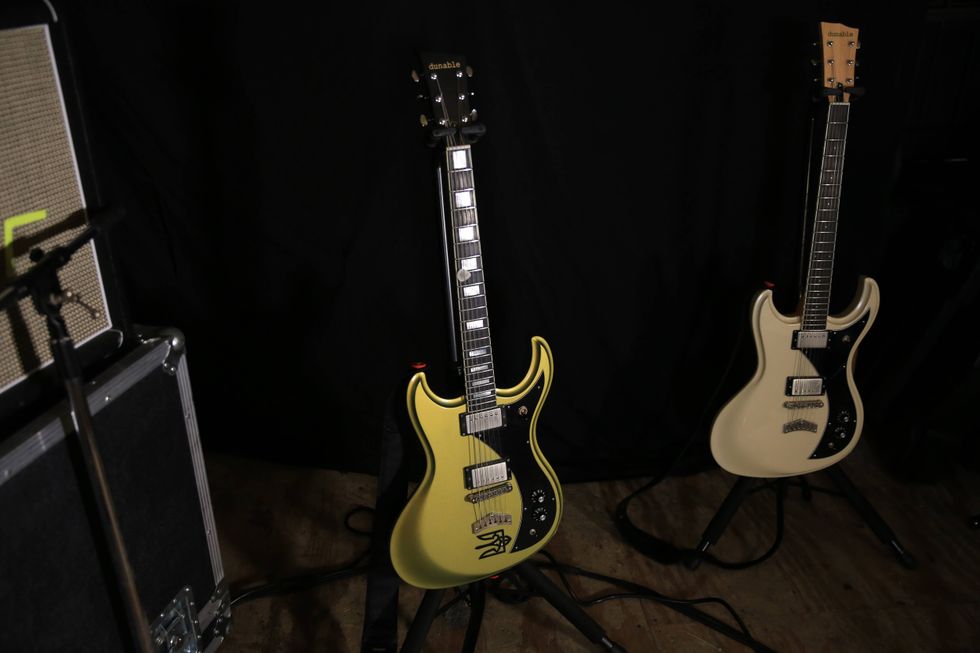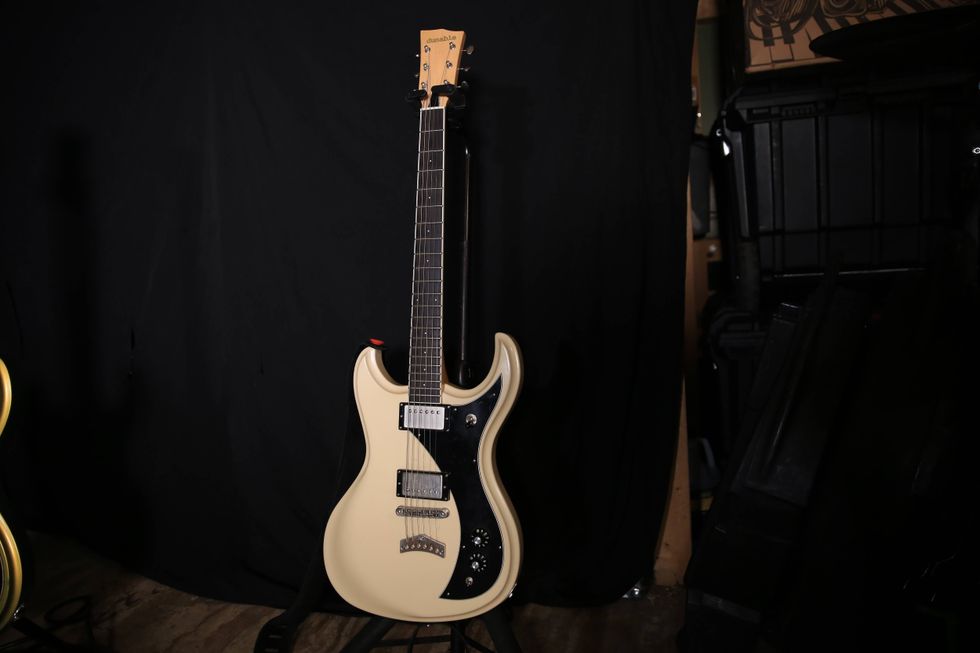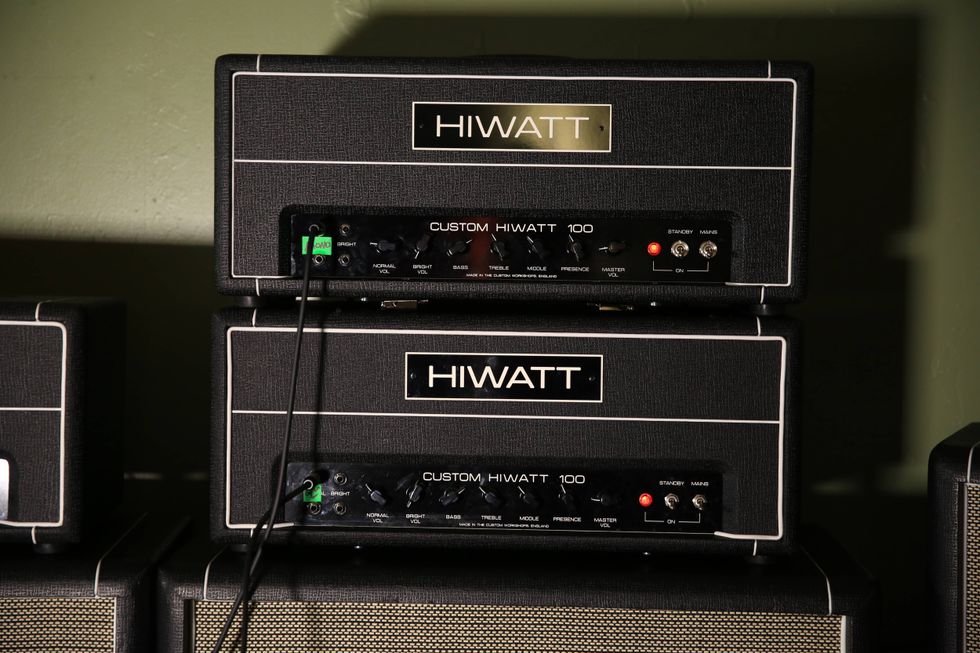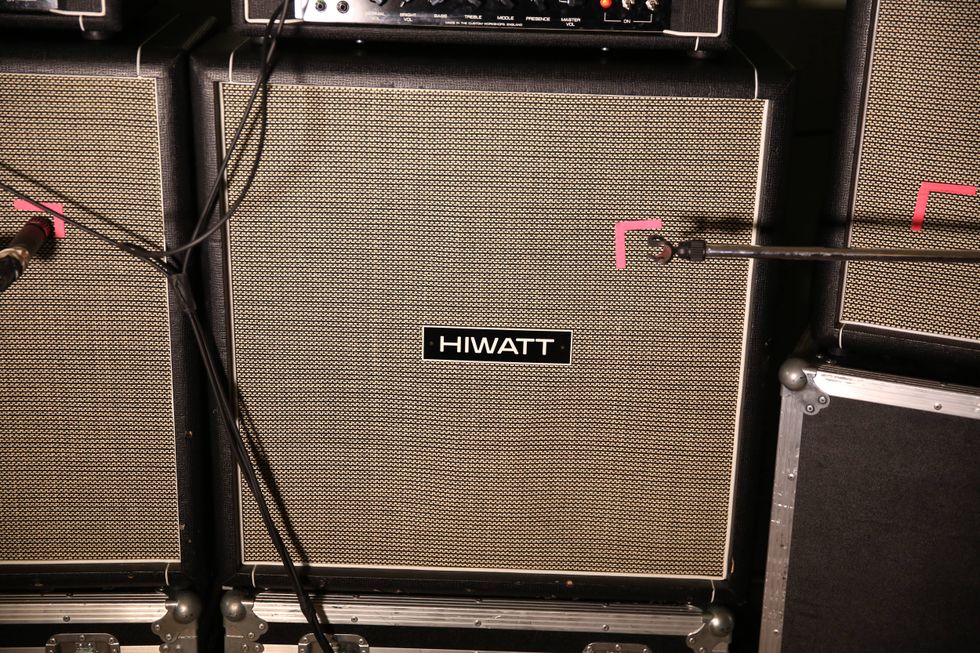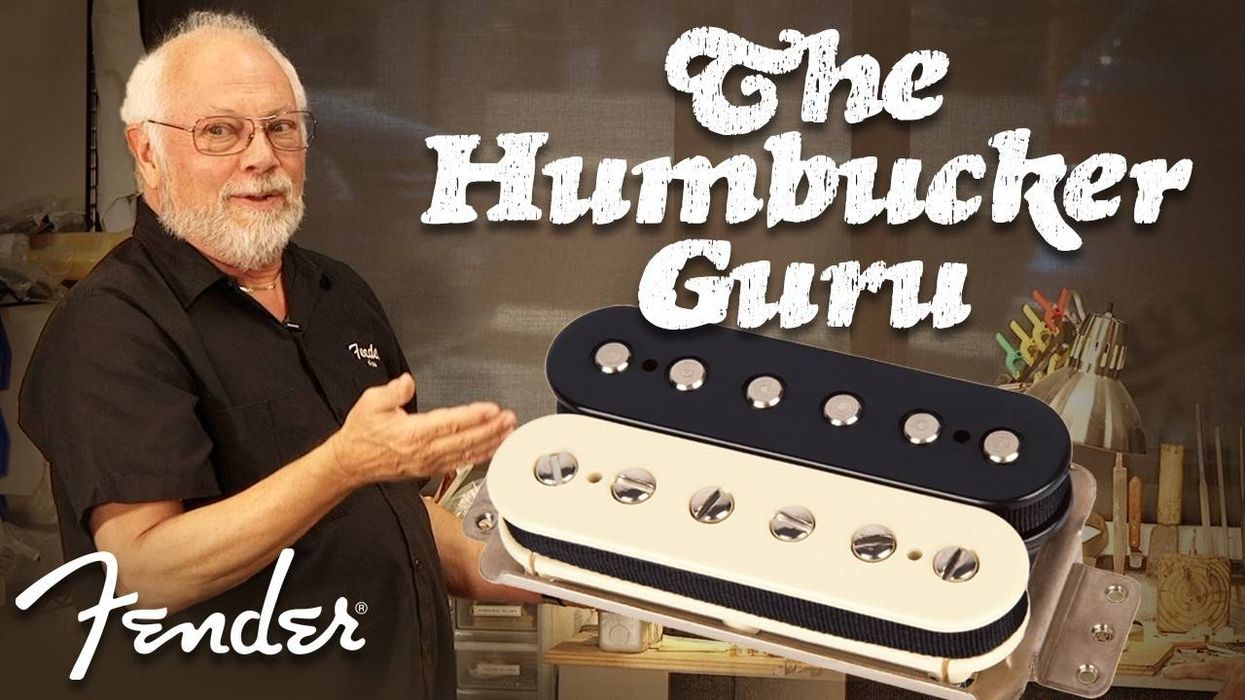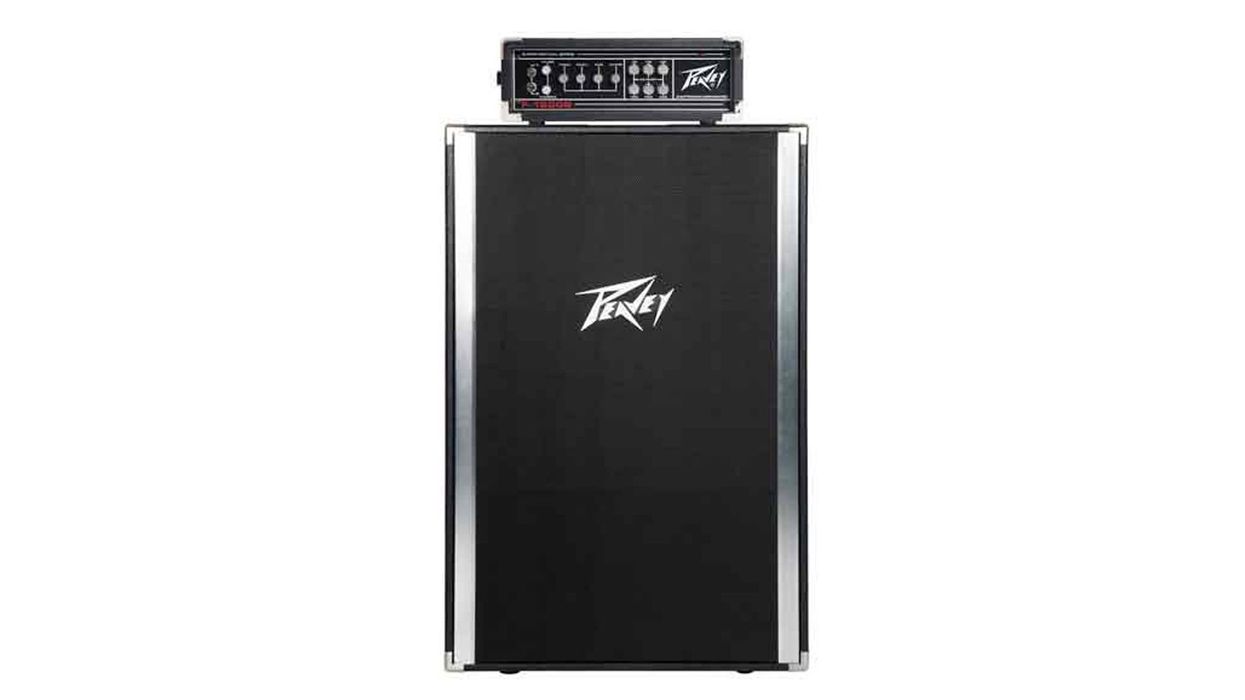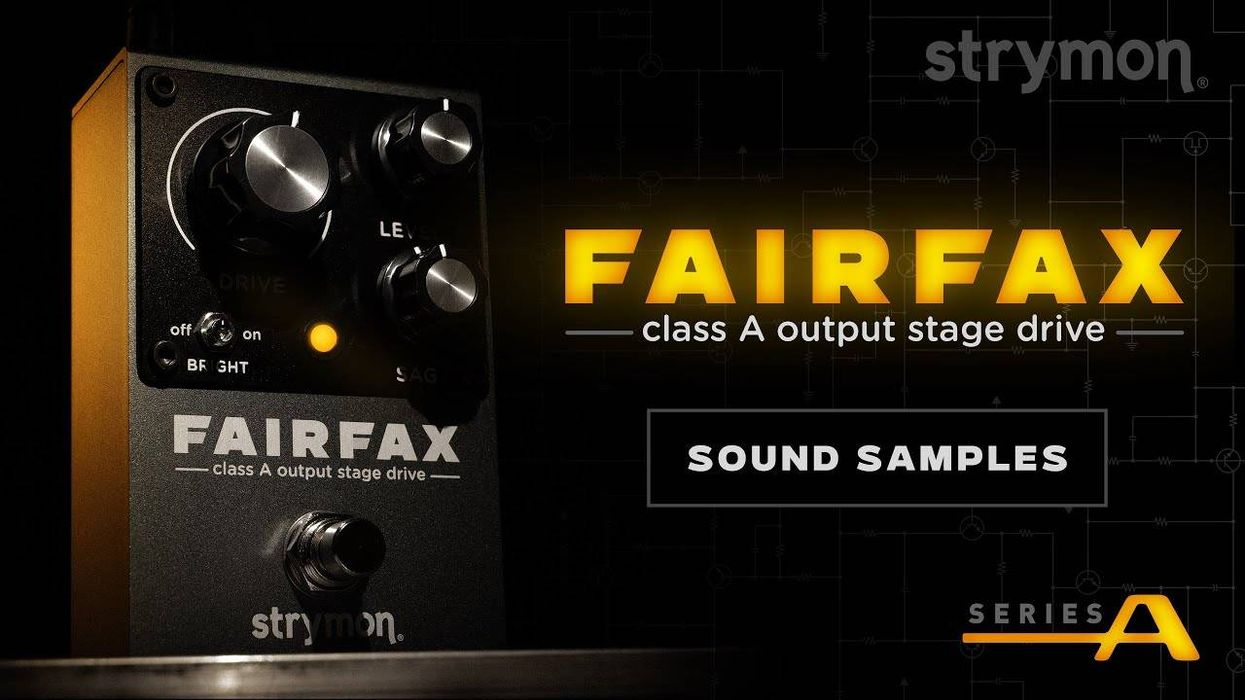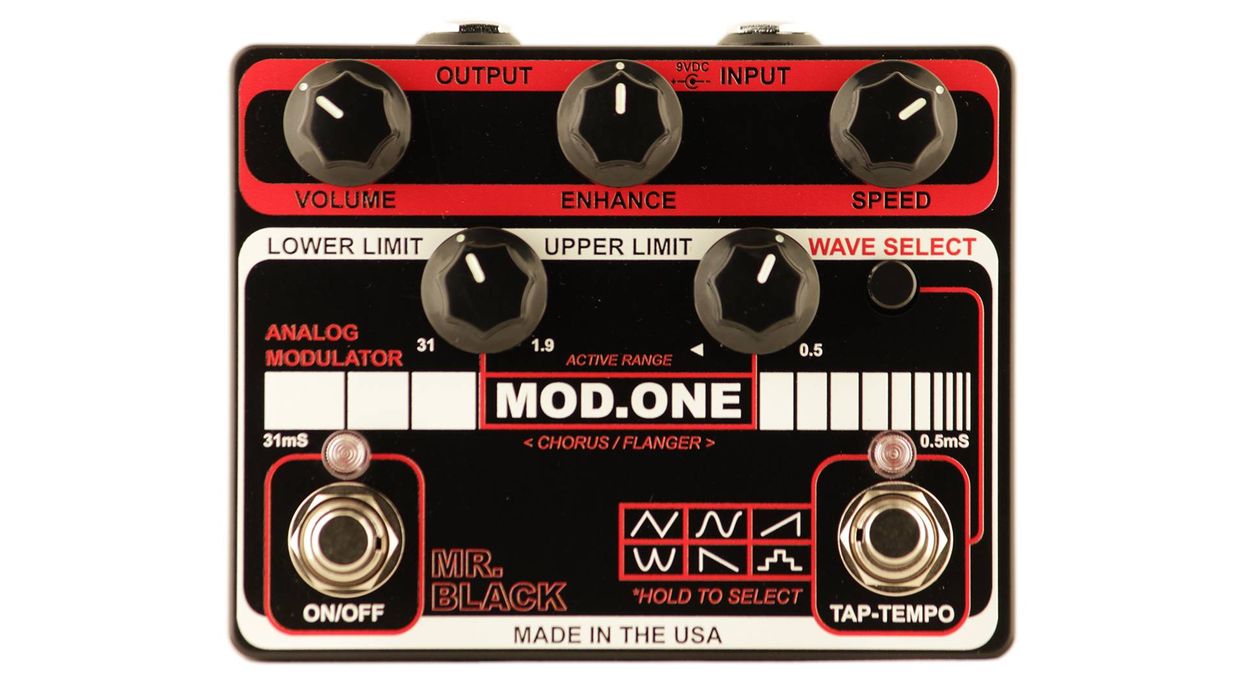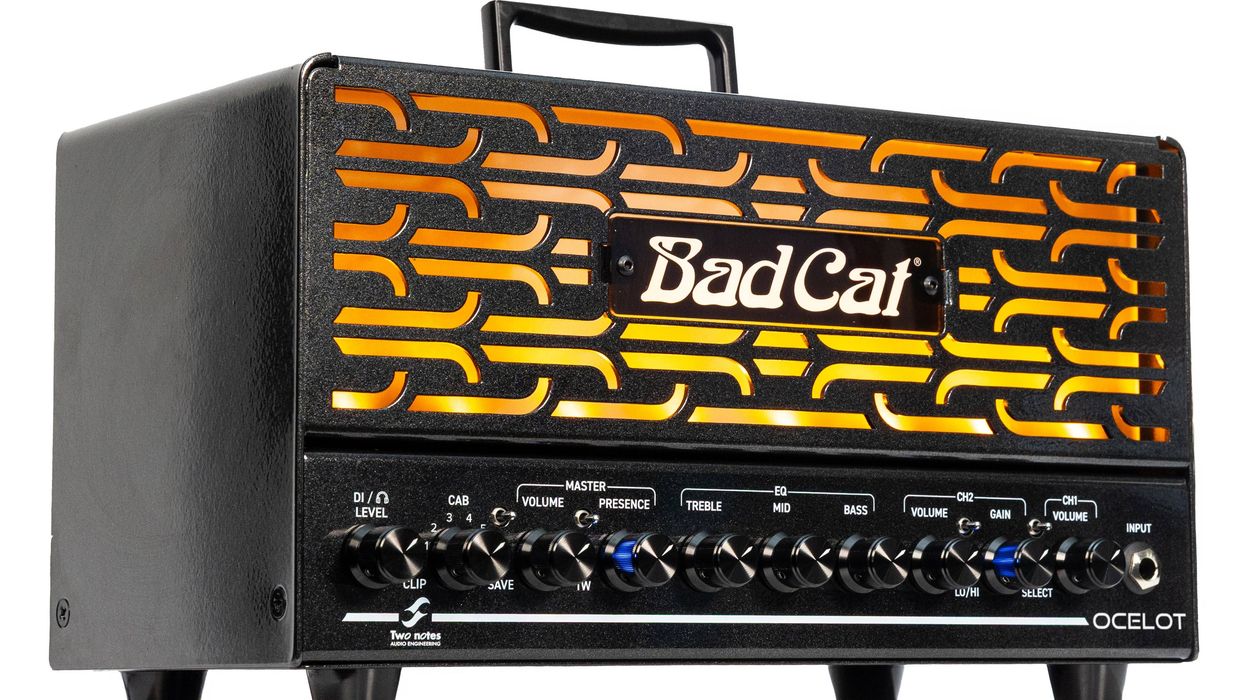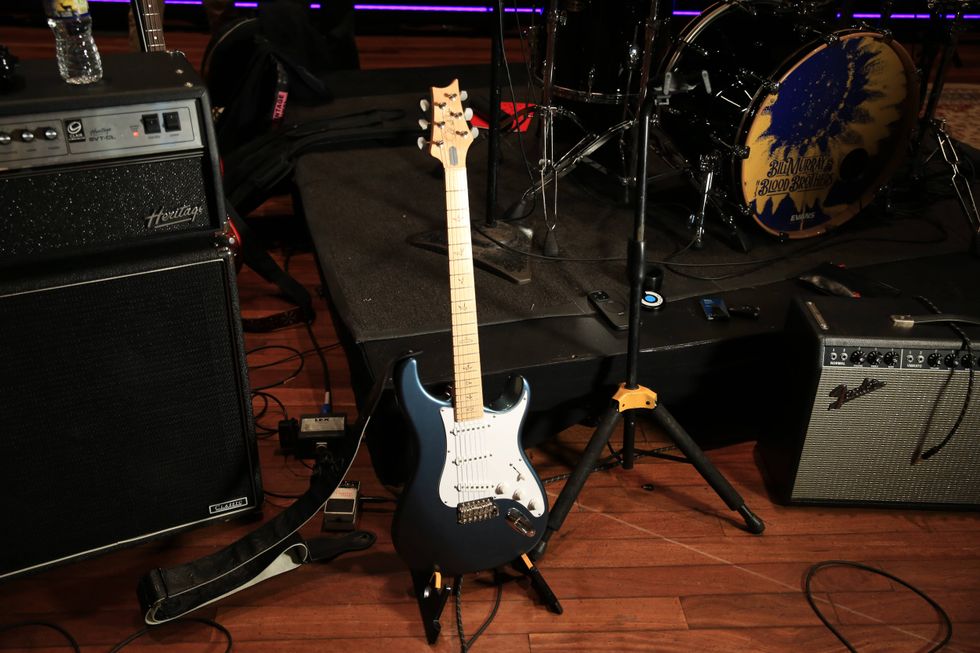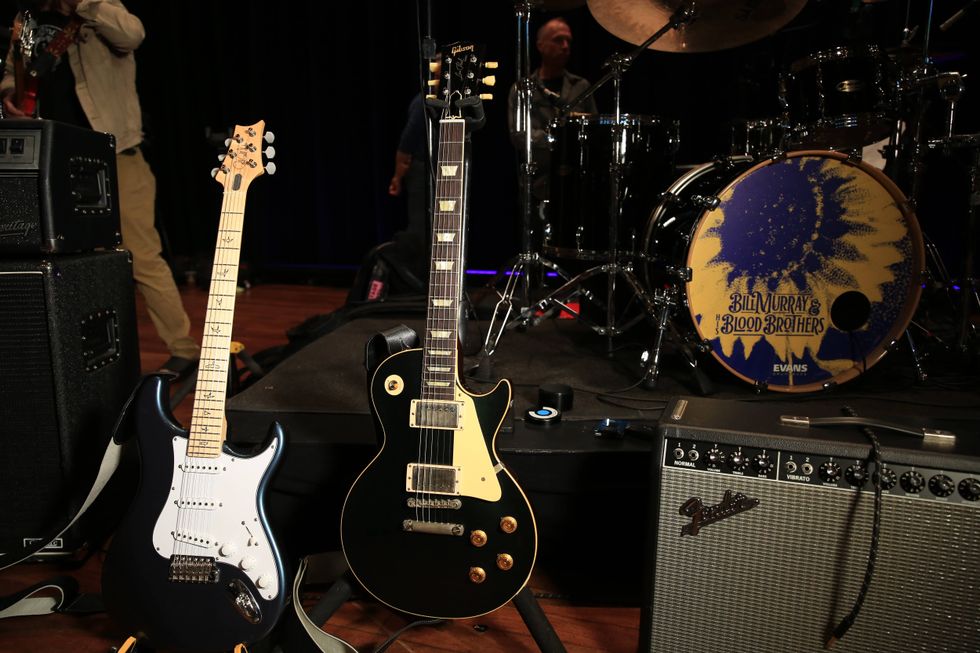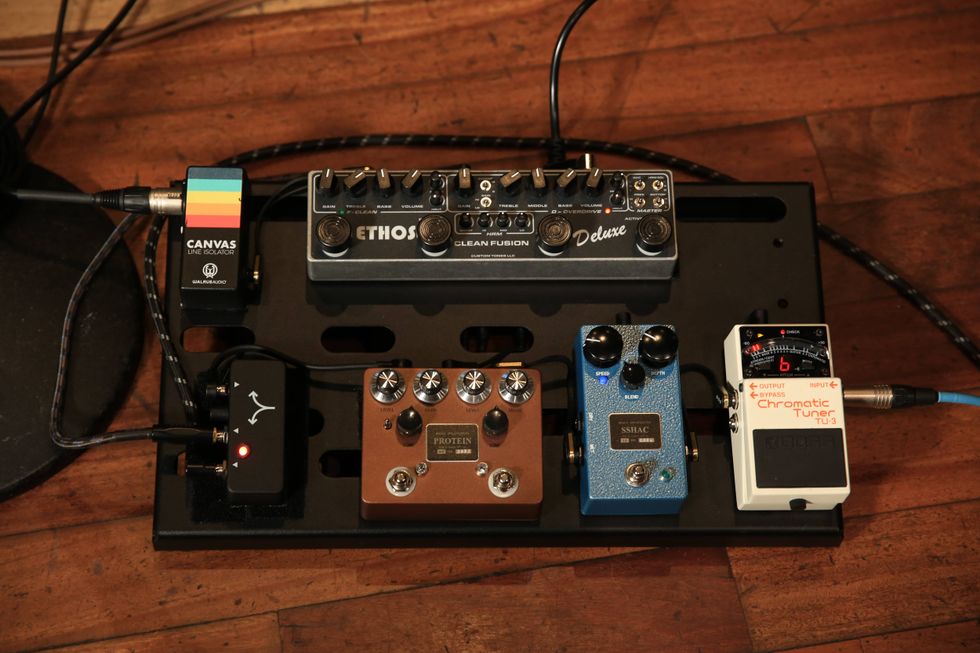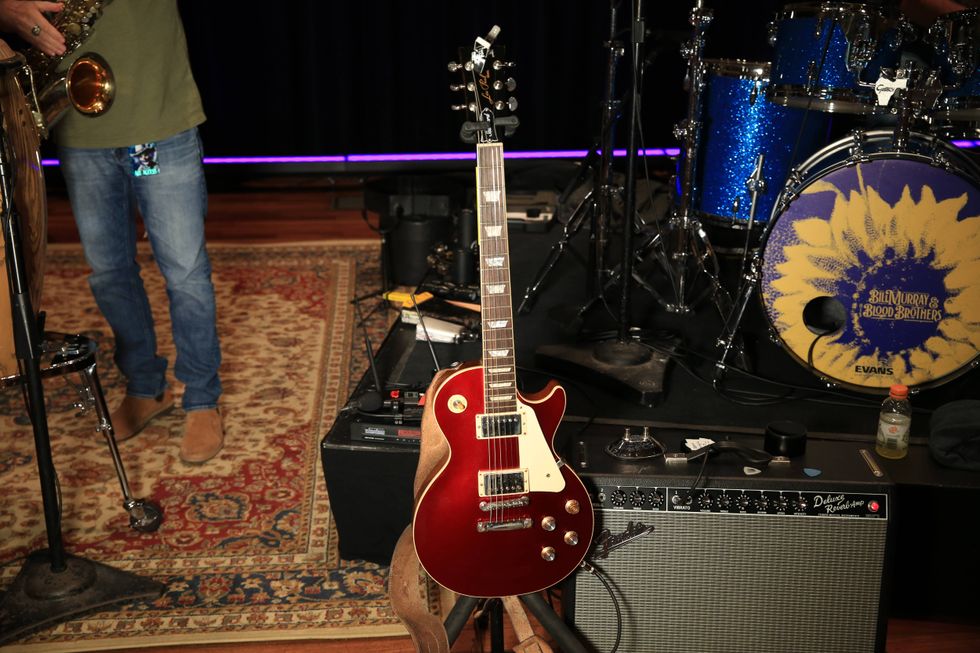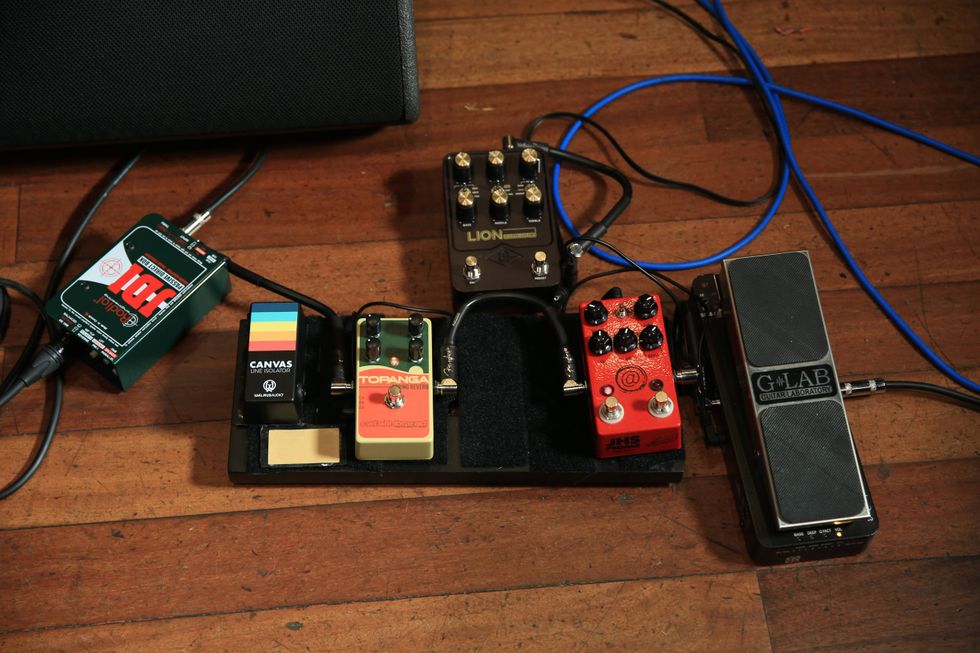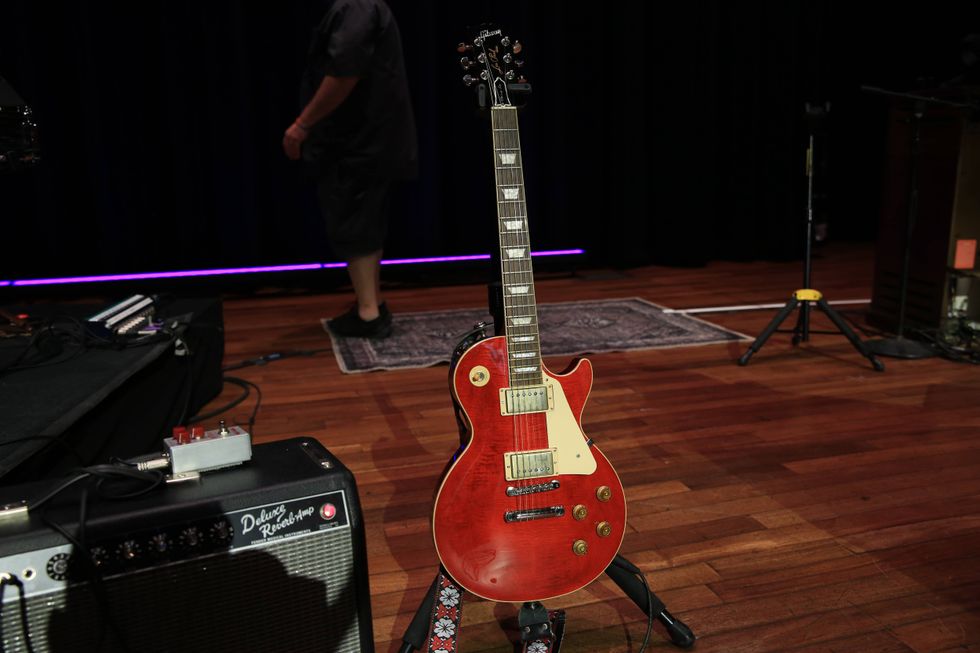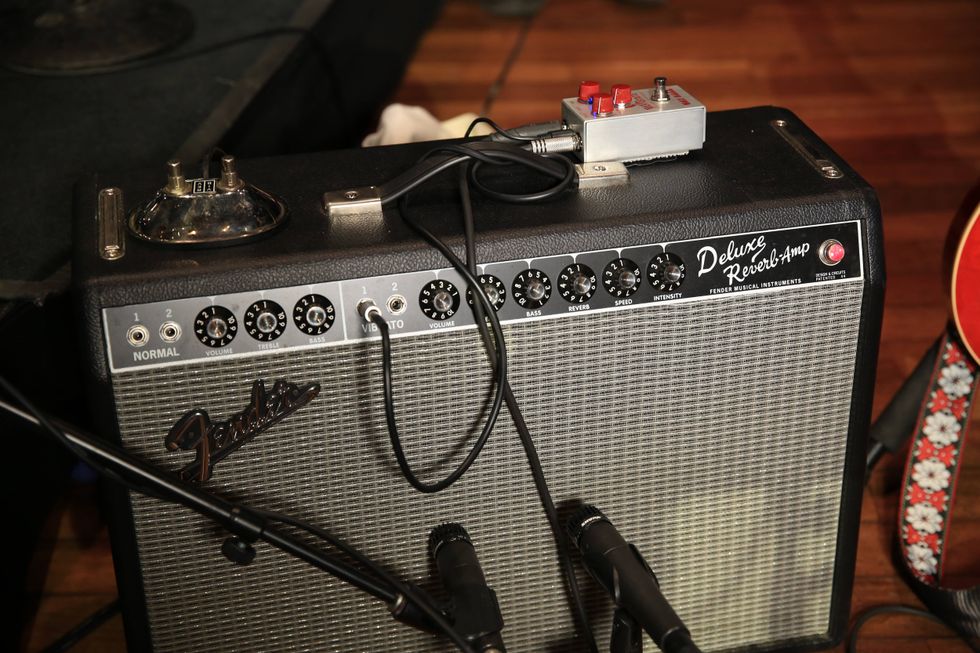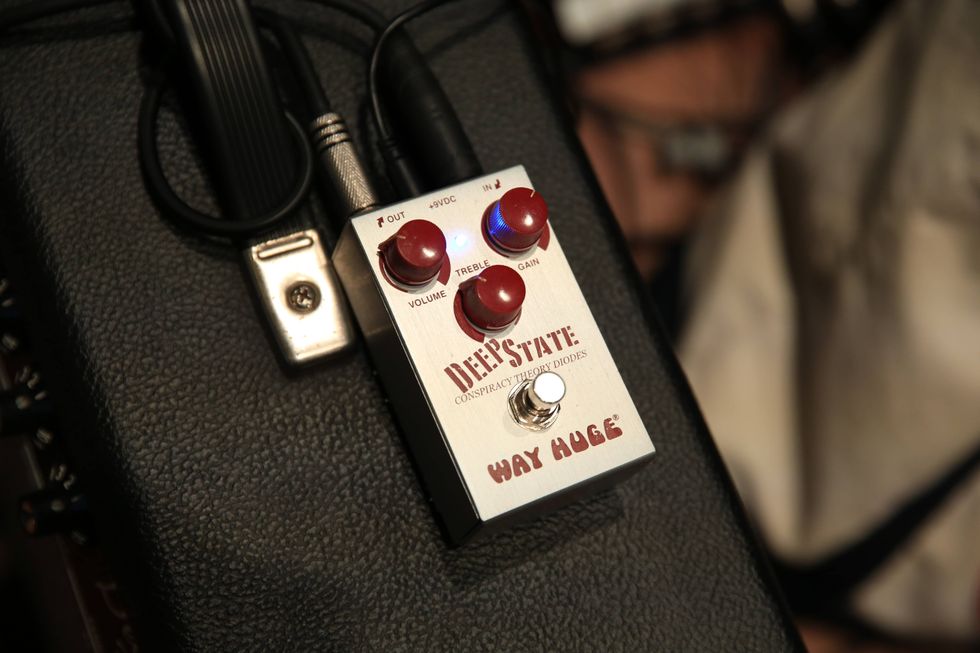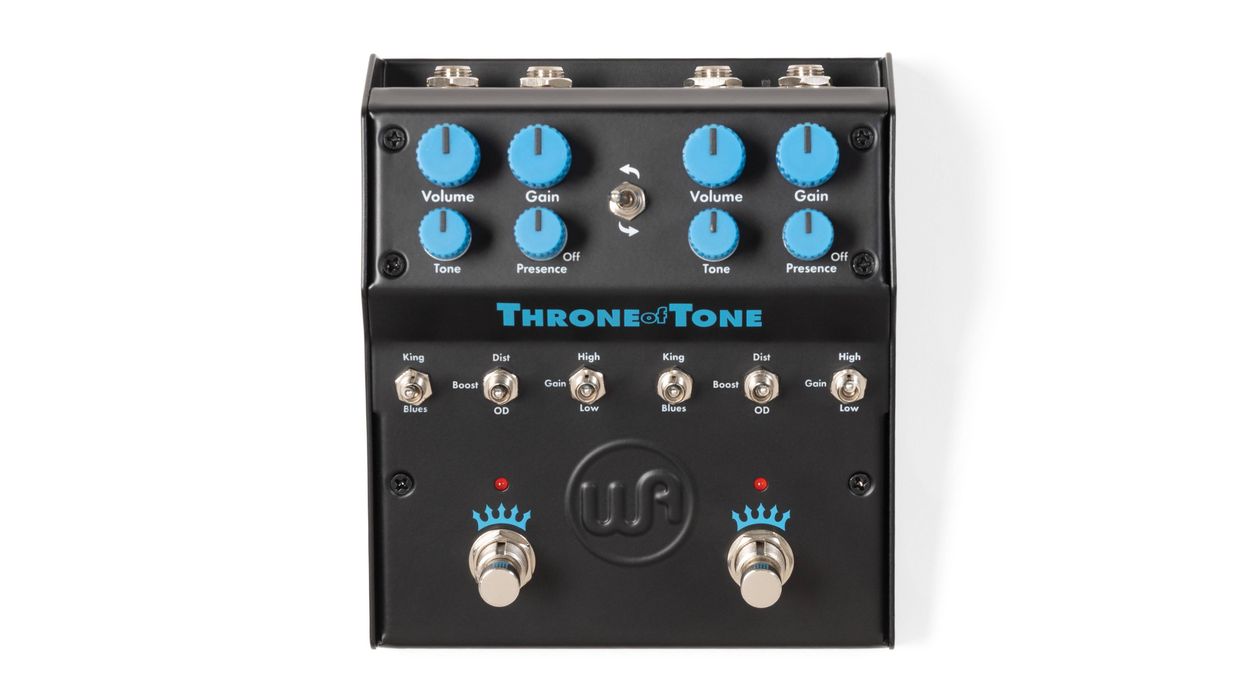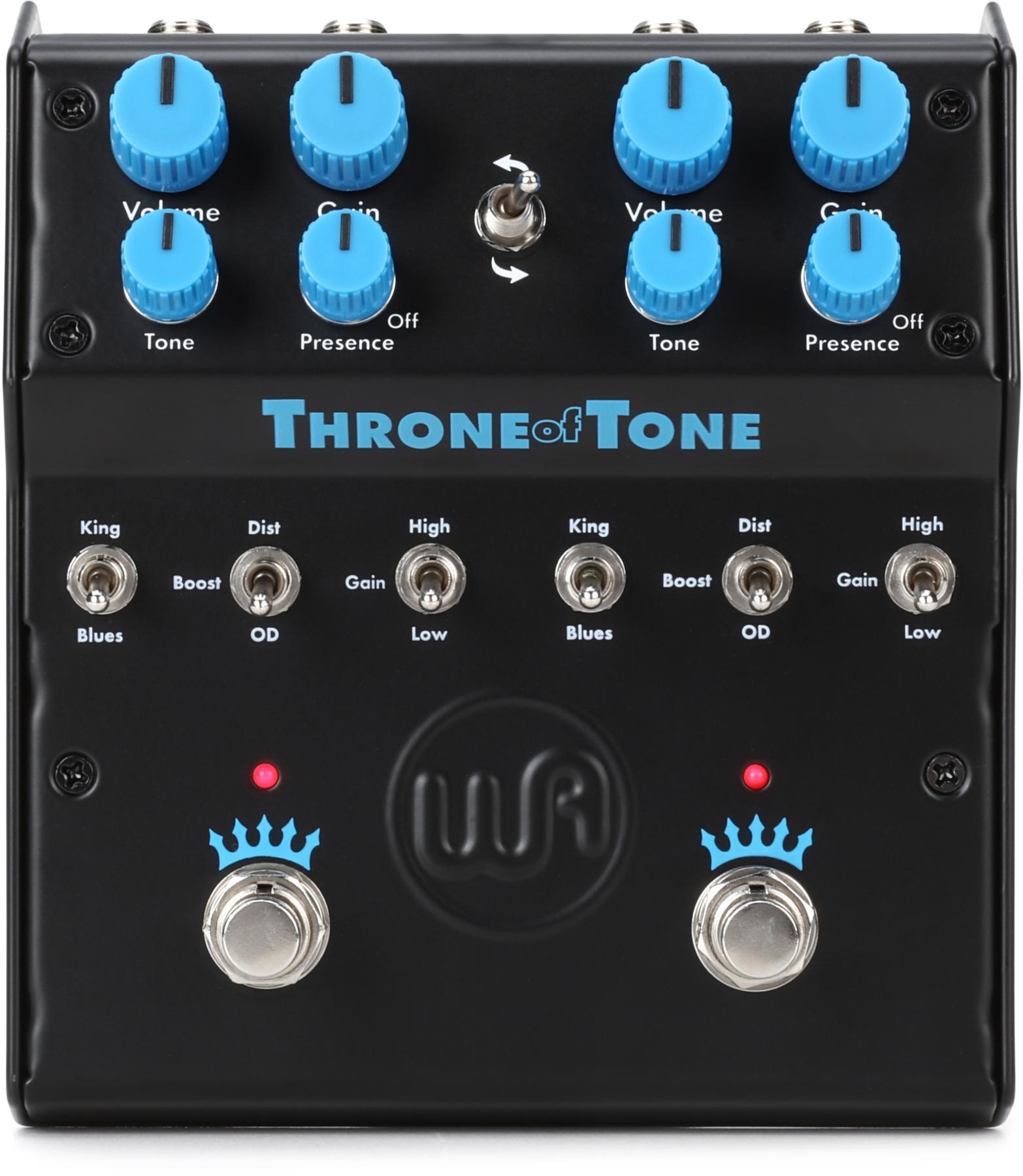RatingsPros:Fantastic display, precise tuning, huge menu of presets, customization galore. Cons: May be too involved/pricey for those after a simple tuning solution. Street: $129 Peterson StroboStomp HD petersontuners.com | Ease of Use: Build/Design: Value:  |
Over the course of Peterson’s 70-plus years in business, they’ve rightfully earned a pretty stellar reputation for their strobe tuners, well known for high-level accuracy and solidity. I’ll spare the “built like a tank” language for the company’s new StroboStomp HD, but this is one really robust pedal that feels like a high-tech mini-brick. The bright and clear LCD monitor is one of the nicest I’ve seen on a pedal—so much so that one could easily be fooled into thinking it’s possible to switch over to the football game when not in tuning mode.
The level of customization is what really sets the StroboStomp HD apart. Navigating through and tweaking the expansive tuning presets (which include 135 “Sweetened” tunings, which correct inherent tuning issues with instruments), display settings, and other features can be done through the pedal’s pair of stealthy side switches, but the StroboStomp HD also houses a micro-USB port for customizing and making firmware updates via Peterson’s free web-based software. If you use a variety of tunings and/or different instruments, imagine how convenient it would be to have all your tunings grouped and at the ready, and with a separate color assigned for each. Not only that, the StroboStomp HD can operate in true-bypass or buffer mode, which is a nice feature if you’re running a large family of pedals and/or using a super-long cable. Above all, this tuner excels in its most important function: precise intuitive strobe tuning that’s void of glitch and accurate to +/- .01 cent. It’s a bit pricier than others in its class, but you know how the saying goes.
Test gear: Fender Precision, Gibson SG Special, Dell’Arte Dark Eyes




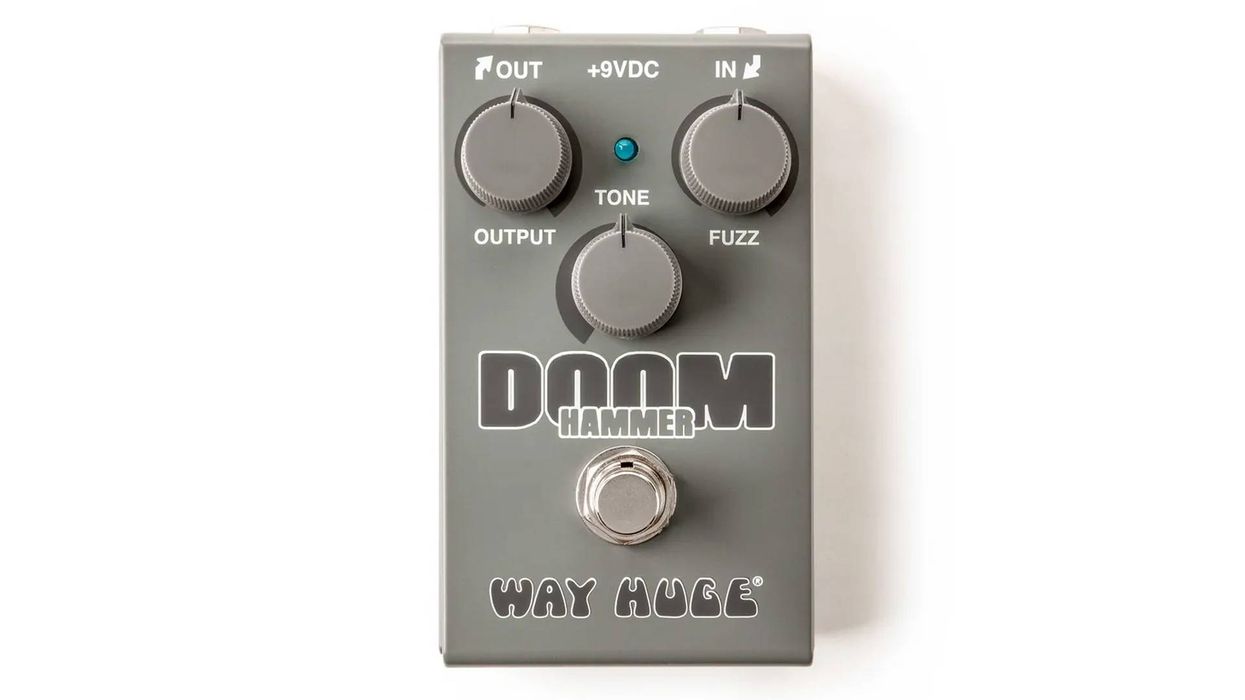
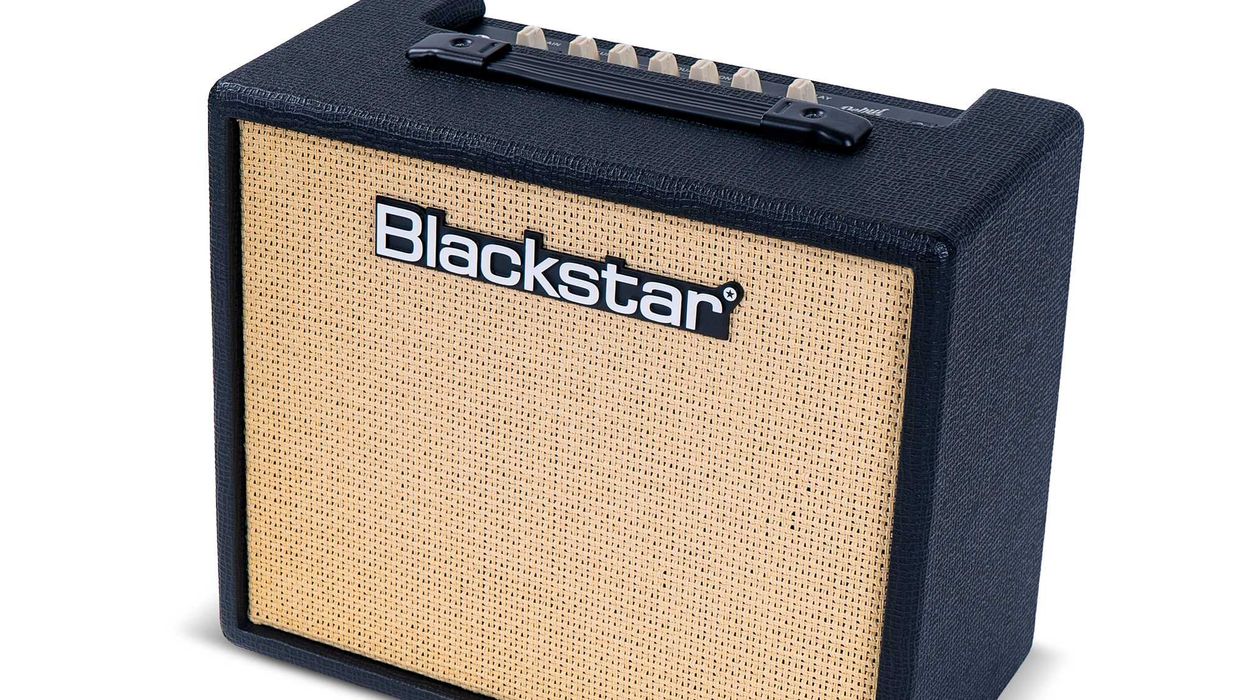
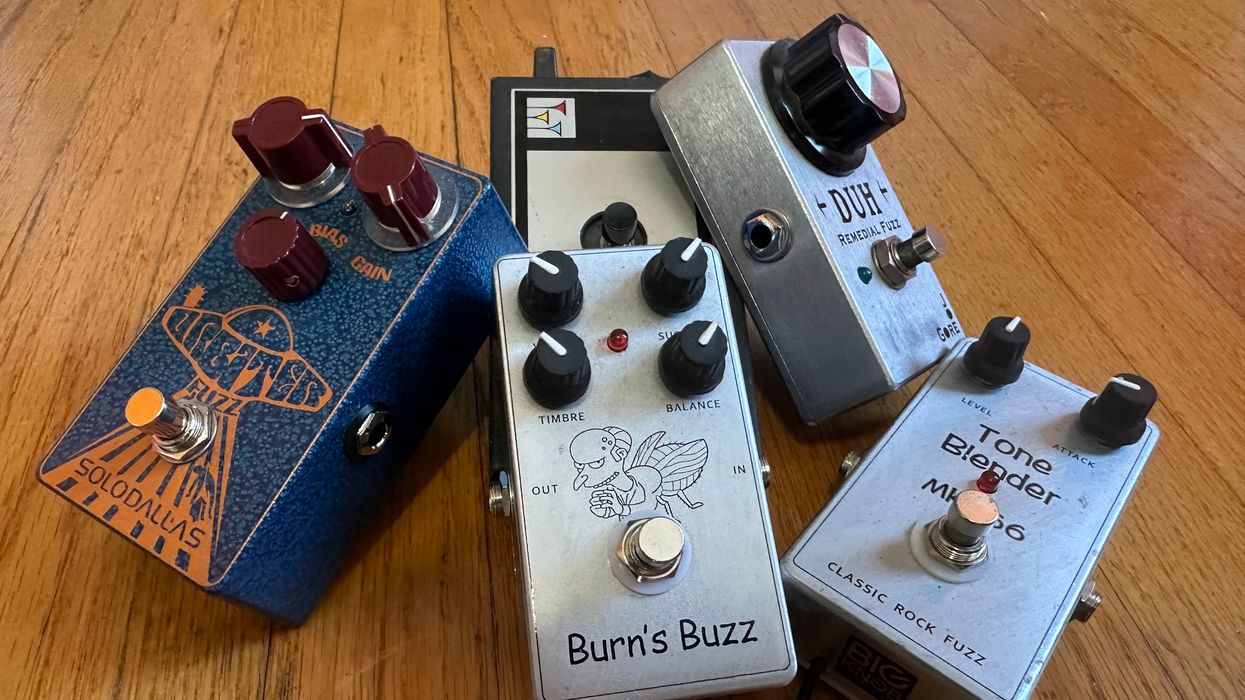

![Rig Rundown: Russian Circles’ Mike Sullivan [2025]](https://www.premierguitar.com/media-library/youtube.jpg?id=62303631&width=1245&height=700&quality=70&coordinates=0%2C0%2C0%2C0)
